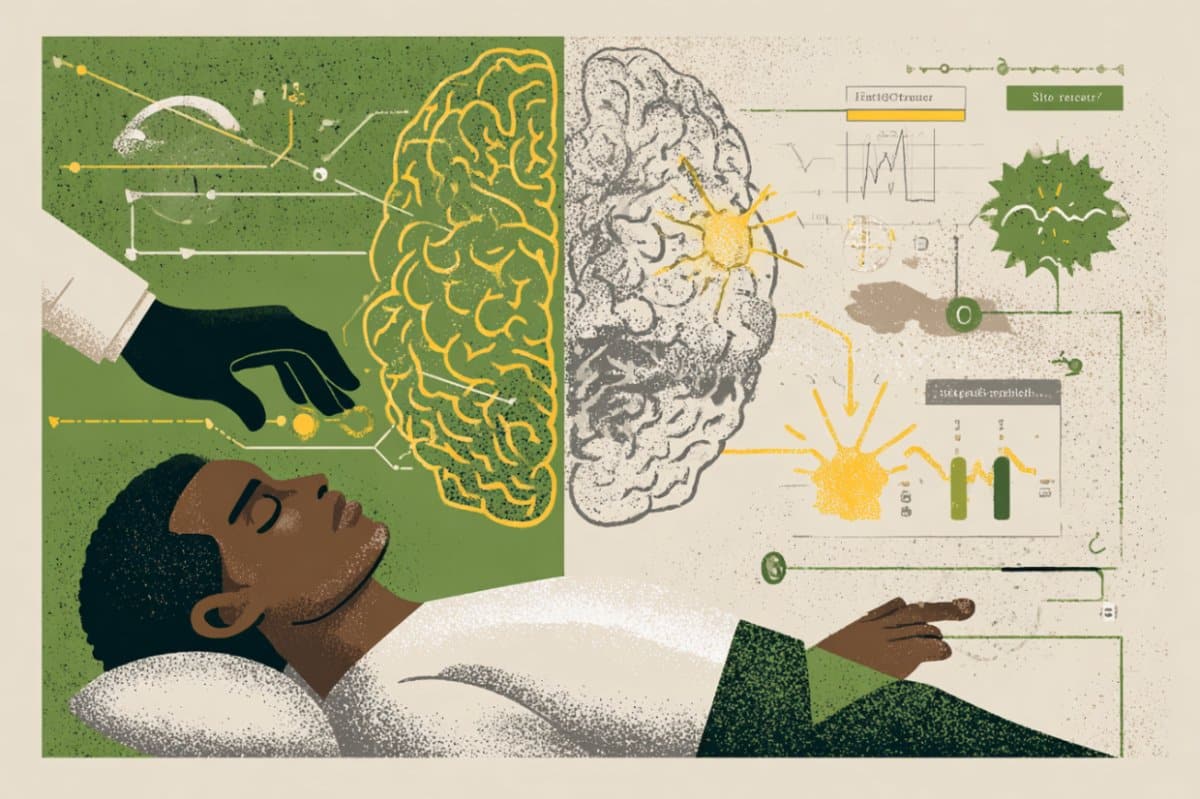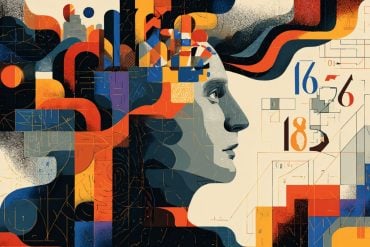Key Questions Answered
Q: How do expectations influence pain perception?
A: Expectations shaped by external cues (like visual signals) and those shaped by treatment information (like placebo explanations) both reduce pain, but they do so in different ways and affect different brain systems.
Q: What did brain imaging reveal about these effects?
A: Only external cues altered activity in a neural pain biomarker, while placebo treatment affected brain areas tied to evaluation and meaning—suggesting separate mechanisms for each type of expectation.
Q: Why does this matter for healthcare providers?
A: Clinicians should understand that how they present information—whether as a cue or treatment promise—can influence patient pain in distinct ways, and not all forms of reassurance work equally well.
Summary: A new brain imaging study reveals that how people expect pain relief—through visual cues or treatment explanations—can significantly influence how much pain they actually feel. External cues, like symbols signaling less pain, consistently reduced pain perception and altered brain regions tied to pain processing.
In contrast, expectations based on treatment information were less consistent and instead activated brain areas involved in evaluation and meaning. These findings show that different types of expectation—seeing versus believing—rely on separate brain mechanisms, and that how pain is framed can shape how intensely it’s experienced.
Key Facts:
- Two Paths to Pain Relief: External cues and treatment expectations both reduce pain, but engage different brain systems.
- Brain Signature: Only external cues influenced a validated neural biomarker for pain.
- Clinical Relevance: Cue-based expectations were more reliable than treatment-based ones in shaping pain experience.
Source: SfN
Previous expectations can influence how much pain people eventually feel. These expectations can be shaped by external cues or by verbal information from clinicians about how treatments might relieve pain.
Led by Lauren Atlas, researchers from the National Institute of Health explored if and how distinct ways of shaping expectations differentially influence physically hurtful experiences.

In their Journal of Neuroscience paper, the researchers present their findings from 40 healthy volunteers who rated how hurt they were following painful heat stimulation during neuroimaging scans.
Participants learned external cues for pain, which varied from trial to trial. For some trials, participants also received placebo “treatment” lotion. External cues alleviated pain for all participants, but only half the participants reported hurting less with the introduction of the placebo treatment.
The researchers also found that predictive cues were less impactful when patients were also given placebo treatment. The combined effects of cues and treatment were linked to activity in several distinct brain regions.
There were separate neural associations with the effects of external cues alone or placebo lotion alone; only external cues affected a brain biomarker for pain, and treatment expectations influenced evaluative brain areas. Thus, expectations shaped by external cues or information about treatments may have different mechanisms for influencing pain.
According to the researchers, this work suggests that cue-based expectations have more consistent effects than treatment-based expectations, which clinicians may need to keep in mind.
Says Atlas, “If a doctor says, ‘This is going to hurt,’ that is a cue. When a doctor explains, ‘This treatment is going to relieve your pain,’ that is a different type of expectation. Doctors may need to know that the way they inform patients will have different impacts on how much pain they feel.”
About this pain perception research news
Author: SfN Media
Source: SfN
Contact: SfN Media – SfN
Image: The image is credited to Neuroscience News
Original Research: The findings will appear in Journal of Neuroscience






